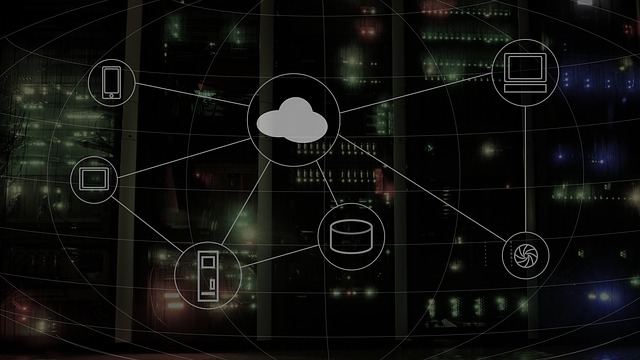More businesses are looking at cloud computing solutions not only for data storage but also for production software: word processing, accounting, communications and so forth. Because data and software are available in the cloud on demand, a company’s cloud computing system is completely scalable — it can grow or shrink with the business. And because subscriptions for cloud computing systems are generally based on the number of users, costs tend to be more predictable and manageable.
Pros and Cons of Cloud Computing
The Pros
- Reduced IT costs
- Lower electrical costs
- Fewer or no servers which also means less noise, less heat in the work environment
- Managed backups
- Managed updates and upgrades
- Scalability (the same cloud computing system can accommodate one worker or a thousand workers)
- Geographic diversity (you can work from anywhere there is Internet: island resort, Hong Kong boardroom, your kitchen)
- Accessibility (users at your main office, a home office or satellite offices all have access to the “mainframe”)
- Simpler tax calculations because there are fewer assets you own and have to depreciate (cloud computing is generally a subscription-based service)
- Potentially more data security
The Cons
- Dependency on the Internet (need for wider bandwidth, latency concerns)
- The Internet can go down at either end (not so much of a con if you lose it at your current location; but a bigger deal if the data center goes down)
- Some cloud computing systems can be proprietary and difficult to migrate away from later if necessary
- Migration to cloud system can be difficult and time-consuming
- Speed (you can work only as fast as your Internet connection is at your current location)
- Potentially less privacy
- Potentially less data security
Hybrid Networks • Part Cloud, Part On-Site
In general, redundancy makes sense for businesses (although it can increase upfront costs). This makes even more sense with the current state of cloud computing. Businesses can build greater redundancy by putting some of their data and production software in the cloud, gaining all the benefits of cloud computing in the process. At the same time, businesses can reduce the impact of some of the less appealing aspects of cloud computing by keeping more sensitive data on site and maintaining on-site licenses for core production software. This way, they can still have greater geographic diversity and access to most of their data and software, while still working safely on sensitive projects at home, even if the data center has a temporary outage. For now, hybrid networks would seem the best option for most businesses.








Leave a Reply